Xiaomi SU7 EV Recall 2025: What Happened and What You Need to Know
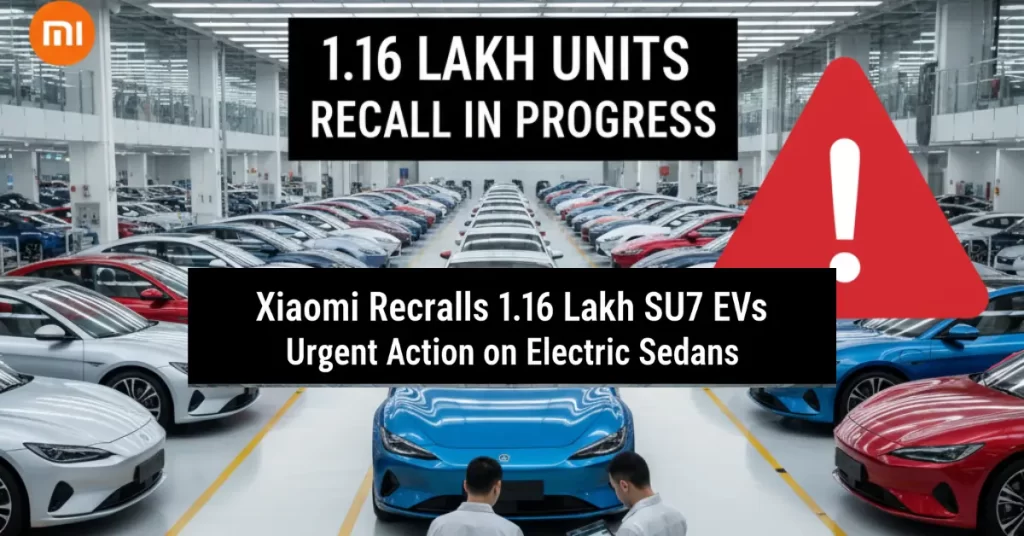
Introduction – The EV Disruption Hits a Speed Bump
After becoming one of China and Asia’s fastest-growing EV players, Xiaomi faces its first global safety crisis. Over 1,16,887 units of its SU7 Standard Edition EVs are being recalled due to a dangerous software defect in the Level 2 driver-assistance system, following a tragic fatal crash.
What Is the Safety Flaw? (Explained)
- The flaw: Inadequate response/warning from the Level 2 “highway pilot” driving aide in certain extreme road scenarios. If a driver isn’t attentive, collisions may occur—the system may disengage “just before” impact rather than actively prevent a crash.
- The trigger: A fatal March 2025 crash where a Xiaomi SU7, travelling at 97 km/h, collided with a guardrail and caught fire, resulting in three deaths. Investigation revealed the ADAS system was disengaged seconds before impact—prompting this action.
- The recall fix: All SU7s produced between Feb 6, 2024, and Aug 30, 2025, will get a HyperOS 1.10.0 software update to resolve the issue. Similar updates roll out for Xiaomi YU7 SUVs, showing the power of software-driven EVs—issues can now be “patched” like smartphones.
How Big is the Recall?
- It impacts about one-third of the SU7 EVs sold since launch (1.16 lakh out of 3.39 lakh units).
- SU7 makes up 89% of Xiaomi’s total EV sales, so reputation and customer trust are at stake.
- The recall was announced jointly by Xiaomi and China’s State Administration for Market Regulation (SAMR).
What Should Affected Owners Do?
- No physical visit required: Most cars will be fixed via “over the air” (OTA) HyperOS software update.
- Check your model: If your SU7 was built between Feb 2024–Aug 2025, ensure your system updates to 1.10.0 or higher.
- Manual/Dealer support: If unsure, visit a Xiaomi service center for confirmation or manual update.
- Stay alert: Always use Level 2 ADAS systems (any brand) with hands on wheel and full attention—no system is currently “fully self-driving.”
Industry Impact & Broader Implications
- This recall highlights the challenges of fast-evolving ADAS (Advanced Driver Assistance Systems) tech in new-gen EVs.
- Speedy, internet-based software patches allow manufacturers to act quickly, but underscore the importance of thorough testing before launch.
- As more car brands (like Tesla, BYD, Nio, and even Indian automakers) integrate smart driving features, safety regulation and real world validation must keep pace with software innovation.
- Consumer advice: Always prioritize models with a strong recall/service network and clear communication in case of software updates or bugs.
- The recall hasn’t dampened China’s appetite for EVs, but buyers and investors will now demand even higher standards in future models.
Additional Info: SU7 EV Highlights & Xiaomi’s EV Growth
- Xiaomi SU7 launched in March 2024, fast becoming a top seller due to its design, price, and “smartphone-like” tech appeal.
- The SU7 is praised for advanced features, high range, and ambitious Level 2+ driving aids—but this recall highlights growing pains.
- Xiaomi is planning a big global push, including in Southeast Asia, Middle East, and has R&D links with Indian startups. Safety reputation will be crucial if it expands further.
Read More:
- Top 5 Sports Cars Under ₹1 Crore
- Hybrid vs Electric Cars in India (2025)
- Used Diesel vs. Petrol Cars in 2025: Which is Better?
FAQs
Q1: Is my Xiaomi SU7 safe to drive now?
Yes, once you install HyperOS 1.10.0. Always use highway pilot with full attention, regardless of brand.
Q2: What is Level 2 driving assistance?
It means the car can control speed, steering, and lane keeping, but driver must stay ready to take over any time.
Q3: Will my insurance be impacted by the recall?
Generally, manufacturers cover recall fixes at no charge. Notify your insurer about any upgrades or concerns.
Q4: How does this compare to Tesla or other recalls?
Tesla and other global EV makers have done similar OTA recalls for ADAS flaws; software is the future—and also a new risk.
Conclusion—A Wake-up Call for EV Safety
The Xiaomi recall is a timely reminder that as cars become more software-driven, reliability, rigorous testing, and proactive fixes matter more than ever. For buyers, stay informed and always update your EV’s system—safety comes first, no matter how smart the drive.




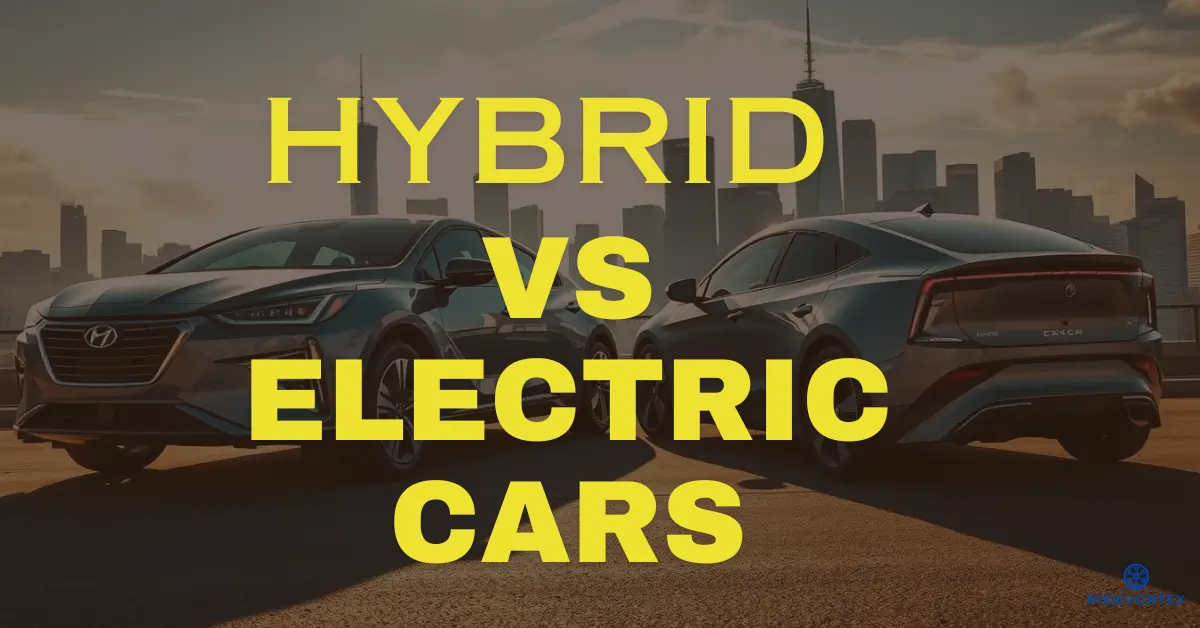
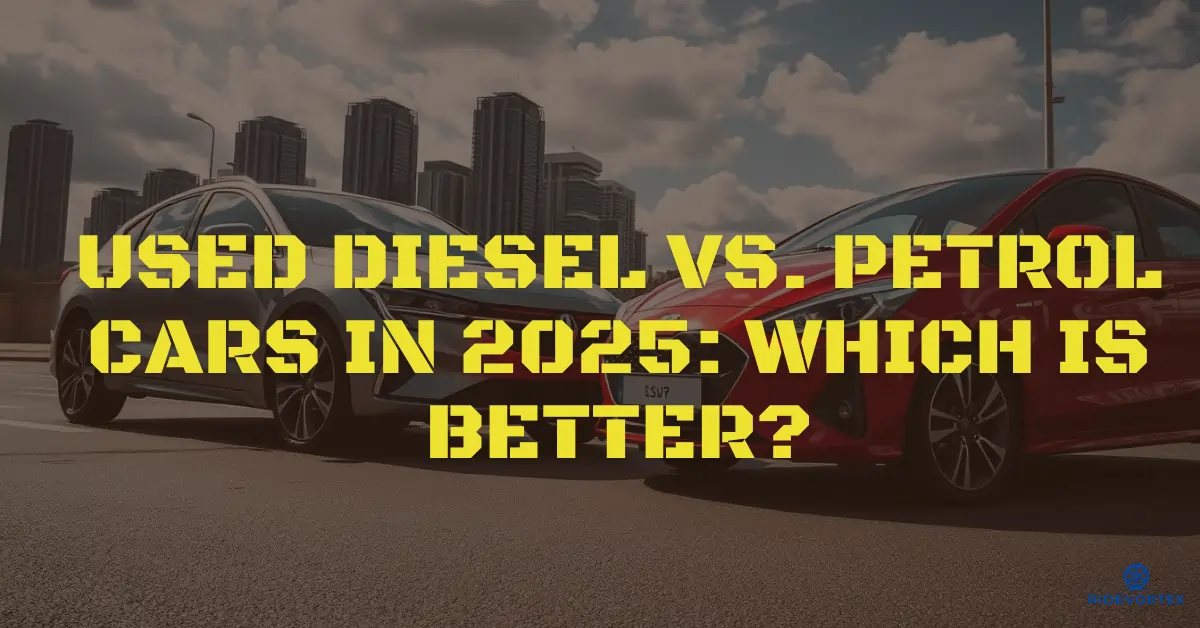



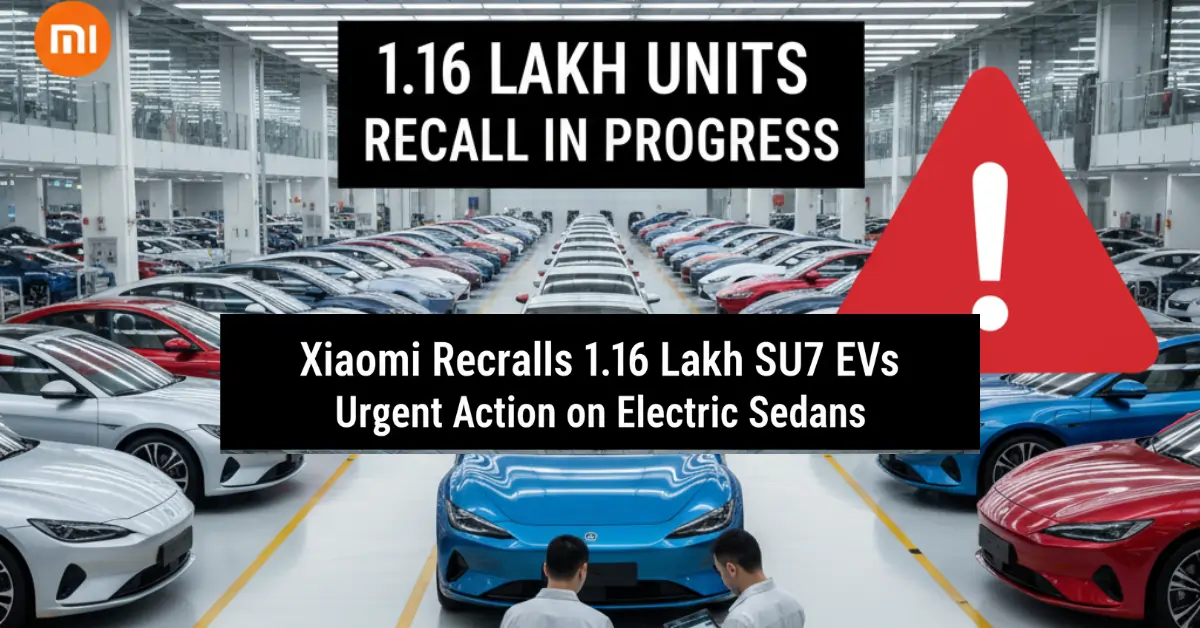
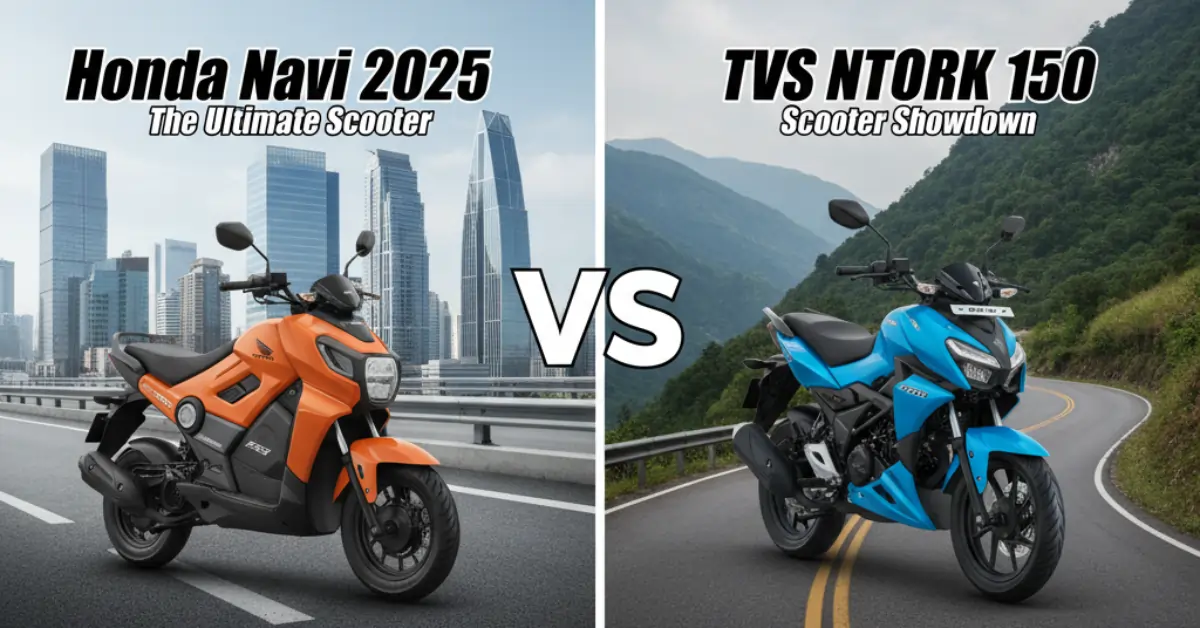


1 thought on “Xiaomi Recalls 1.16 Lakh SU7 EVs: Full Story, Safety Flaw Analysis, and Industry Impact”